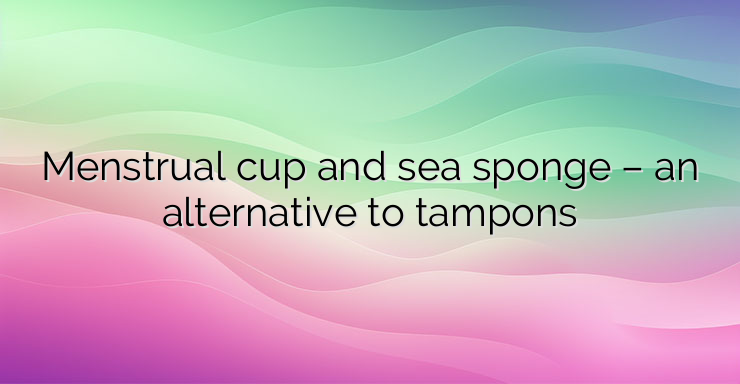The Ultimate Guide to Menstrual Products: Choosing What’s Right for You
Understanding Your Options for Managing Menstruation
Menstruation, influenced by the hormones estrogen and progesterone, involves the shedding of the uterine lining. If pregnancy doesn’t occur, this lining is expelled from the body, resulting in monthly bleeding, also known as menstruation. Traditionally, sanitary napkins and tampons have been the go-to products for absorbing menstrual flow. However, newer, more modern options have emerged, providing women with choices that suit their preferences and lifestyles.
1. Menstrual Sea Sponge: A Natural and Reusable Alternative
Made from natural materials, the menstrual sea sponge is a reusable option that offers comfort and sustainability. To use it, simply wet the sponge with warm water, squeeze out the excess, and insert it into the vagina. As it absorbs menstrual blood, the sponge gradually expands to fit the vaginal walls. Unlike tampons, it doesn’t absorb natural vaginal secretions, helping to maintain vaginal health. However, it’s not recommended for women with infections, and it should be replaced every 4-5 hours.
2. Menstrual Cup: A Convenient and Eco-Friendly Choice
The menstrual cup, made from soft, hypoallergenic material, is another reusable option that’s gaining popularity. Before use, it’s essential to select the right size and sterilize the cup by boiling it in water. Fold the cup for easy insertion and place it in the vagina, where it forms a tight seal to collect menstrual blood. Empty the cup 4-5 times a day, depending on flow strength, with a maximum interval of 12 hours. It can be washed and reused, making it a cost-effective and environmentally friendly choice.
3. Tampons: Risks and Alternatives
Tampons, while widely used, come with certain risks, including toxic shock syndrome (TSS). This rare but serious condition is caused by bacteria multiplying in the tampon and releasing toxins into the bloodstream. Symptoms of TSS include headache, muscle pain, fever, and rash. To reduce the risk, it’s essential to change tampons every 4-5 hours, avoid using them overnight, and seek medical attention if symptoms occur.
Why Menstrual Cups and Sea Sponges Are Superior
Both menstrual cups and sea sponges offer advantages over traditional tampons. They have a lower risk of toxic shock syndrome, don’t dry out the vaginal mucosa, and are hypoallergenic. Additionally, they’re reusable, reducing both environmental impact and long-term costs for women.
Conclusion: Finding the Right Menstrual Product for You
When it comes to managing menstruation, women now have more options than ever before. Whether you prefer the convenience of tampons, the eco-friendliness of menstrual cups, or the natural feel of sea sponges, there’s a product out there to suit your needs. Consider factors such as comfort, sustainability, and health when choosing the right option for you.


Leave a Reply